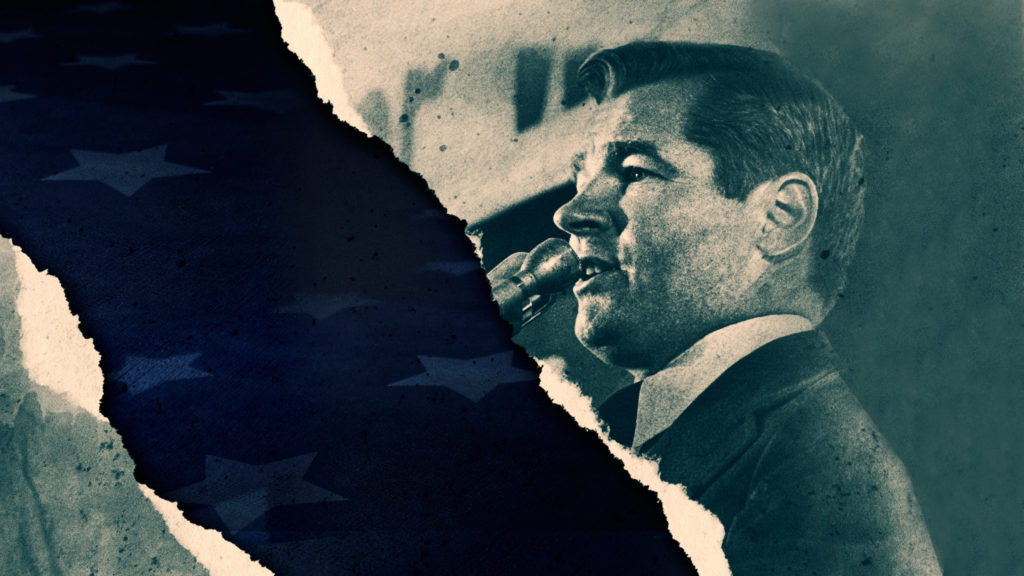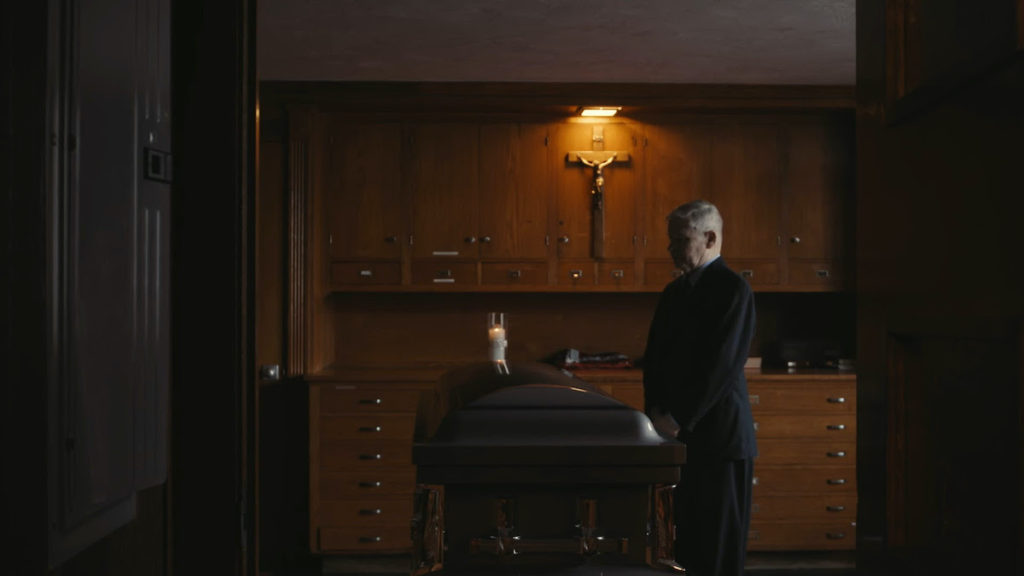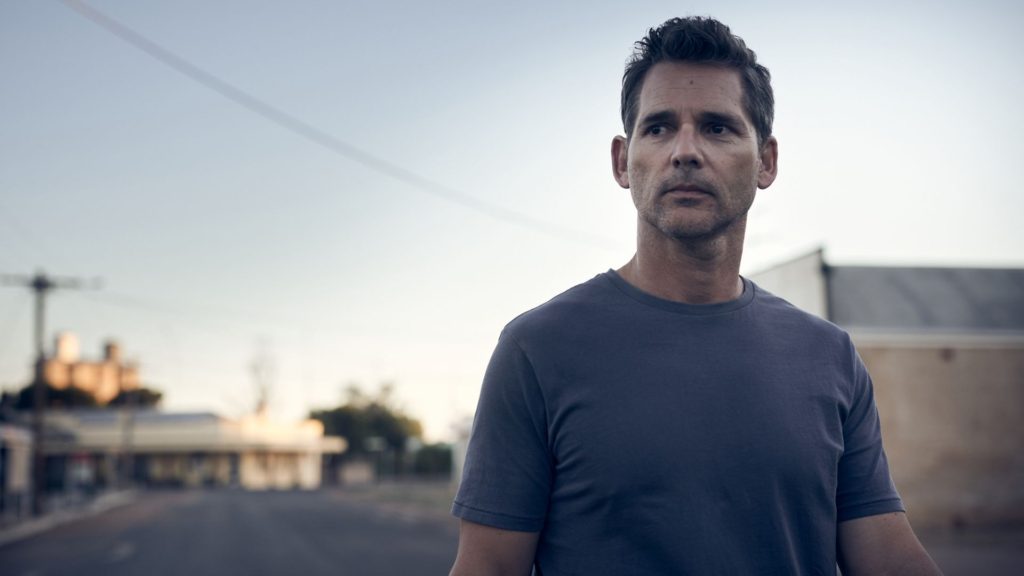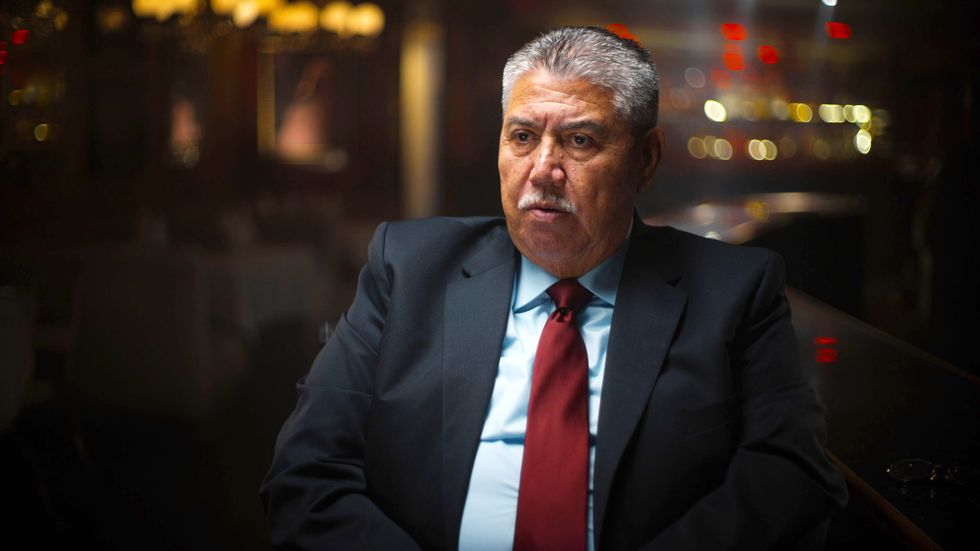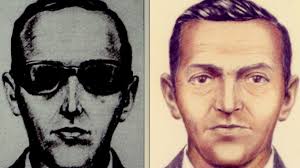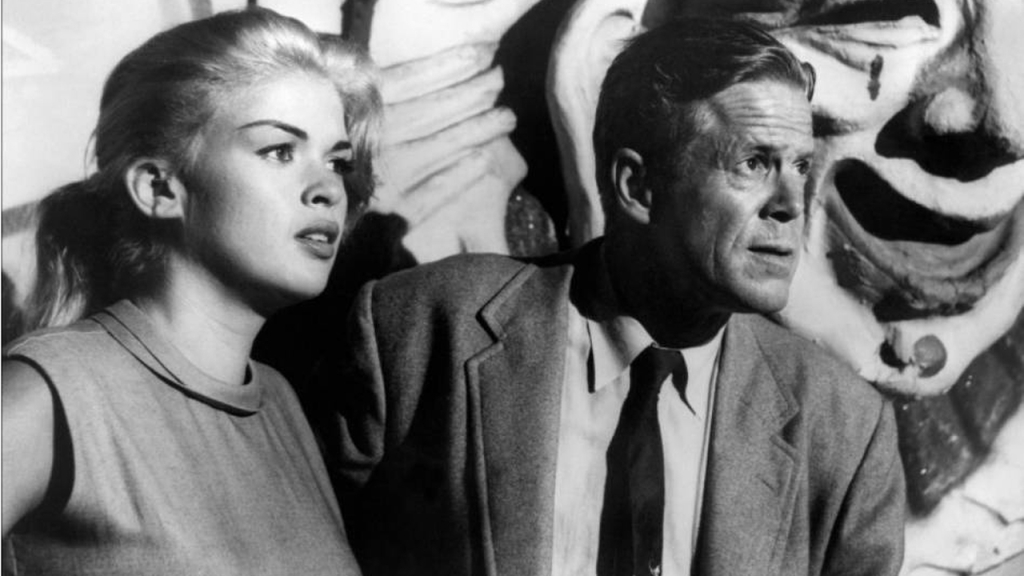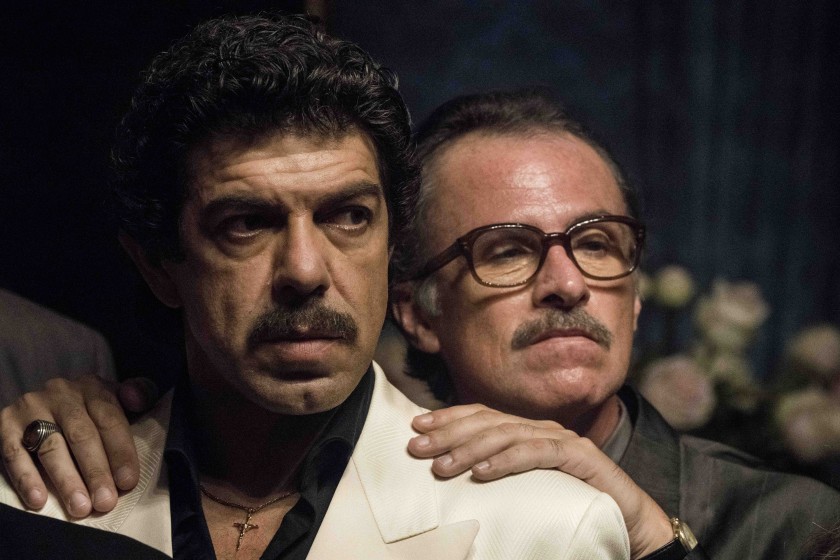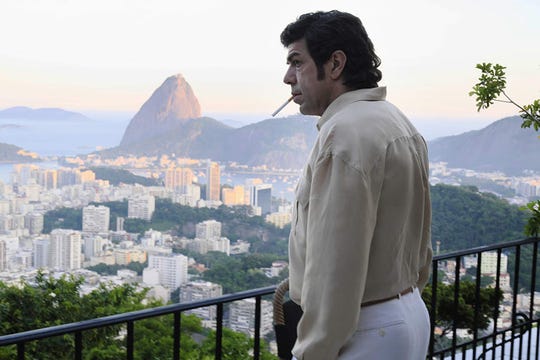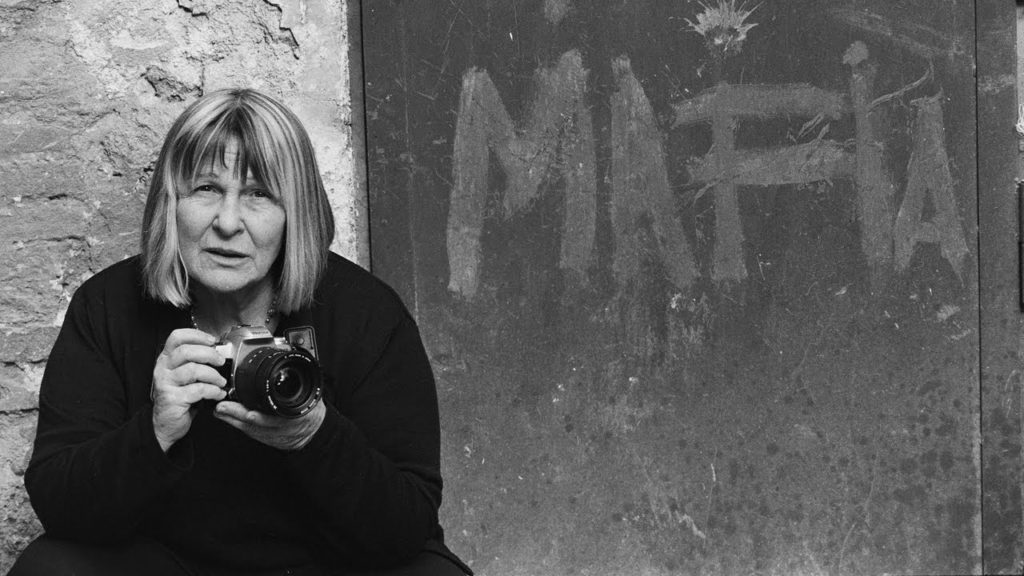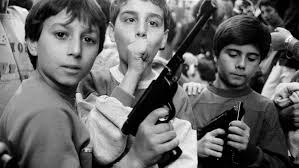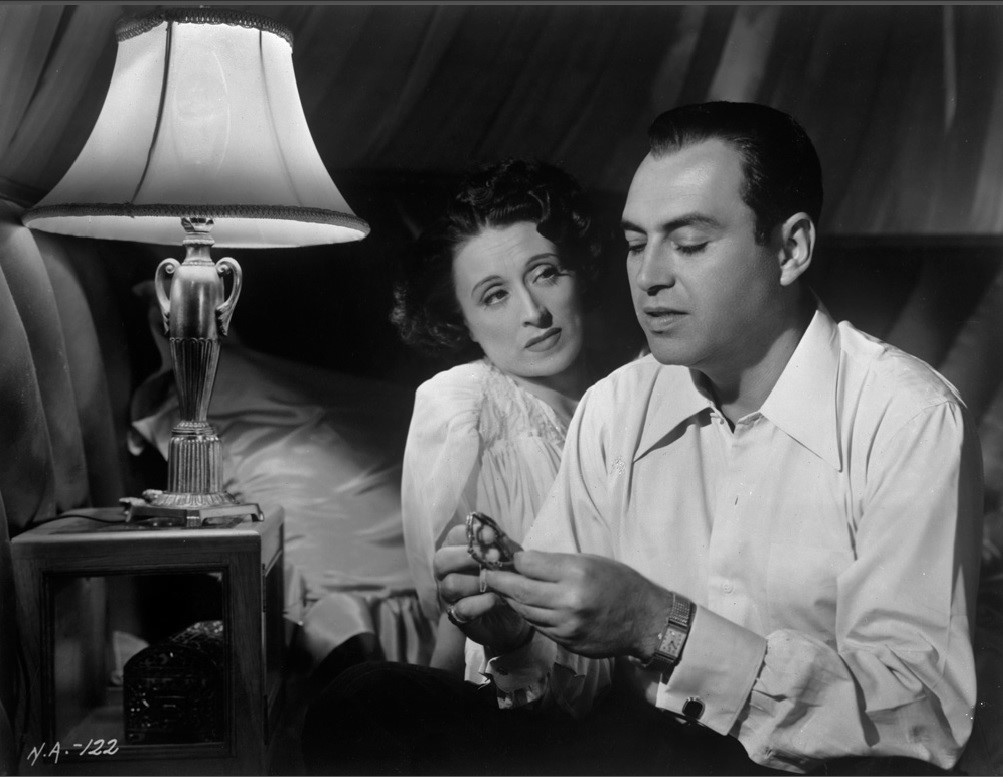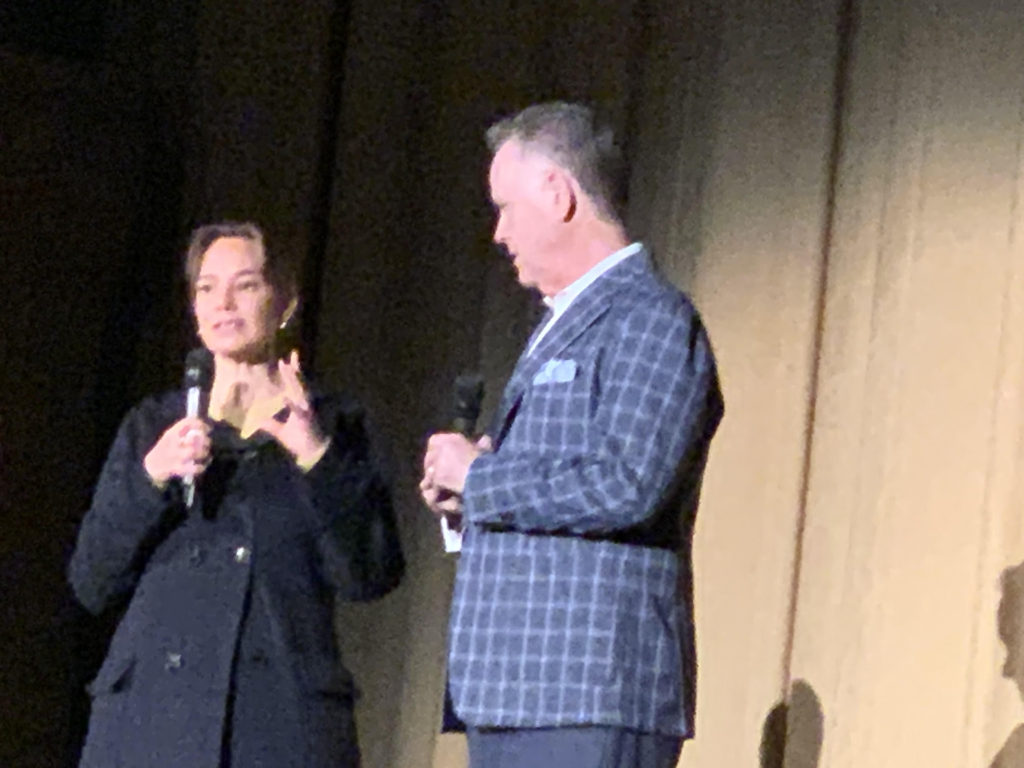
In the French comic thriller Mama Weed, Isabelle Huppert plays Patience, a woman beset by money troubles stemming from the care of her aged mother. She embraces an increasingly bizarre and risky solution. Mama Weed starts out droll and blossoms into madcap.
Patience, having been born in colonial Algeria, is fluent in Arabic. Her day job is as the translator for a French police unit that wiretaps Arabic-speaking drug dealers. She learns that the cop are about to take down the son of her mom’s beloved caregiver, and she tips the kid off. That results in her gaining the possession of a ton and a half of somebody else’s hashish. Patience disguises herself, enlists some dimwitted street dealers and seeks to monetize her haul. Did I mention that she is dating her boss on the Narc Squad?
Her own employers are now throwing all their resources toward catching this mysterious new dealer, whom they don’t know is sitting in their midst. The original owners of the hash, a murderous lot, are also hunting her down.
She’s more and more at risk, but the story gets commensurately funnier. She adopts a retired drug-detecting police dog. One of her client drug dealers is ravaged by the Munchies in a kabob shop. Much of the humor is centered on the experience of Arabs and Chinese in contemporary France. One central theme is the cynical principle that money makes world go round.
Mama Weed also recognizes how we value the caregivers who take loving care of our elderly parents; those folks can become more dear than family.
I’ll watch anything with Huppert in it, although it’s hard to top her electrifying performance in Elle. Of course she’s a great actress, having been nominated 16 times for an acting César (France’s Oscar). But here’s her sweet spot – no other actor can portray such outrageous behavior with such implacability as Huppert. She is probably the least hysterical actor in cinema.
Mama Weed opens in theaters in July 16 and on digital on July 23.




